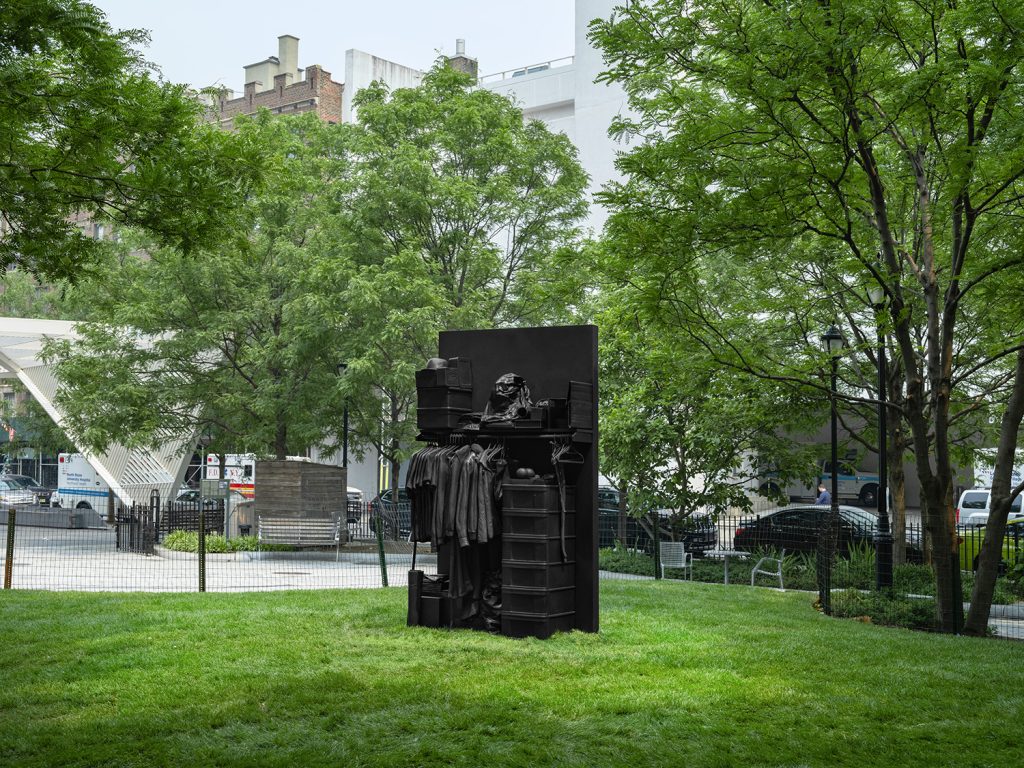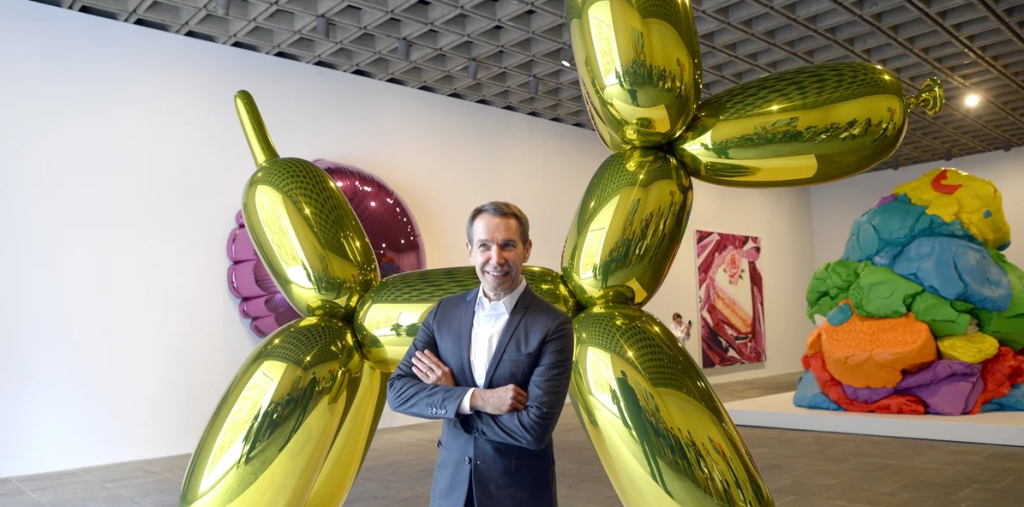Contemplation in Bronze: The Story Behind Rodin’s ‘The Thinker’
The iconic sculpture ‘The Thinker’ by Auguste Rodin has captivated audiences since its creation. As a symbol of philosophy and introspection, this masterpiece invites us to ponder deeper meanings of life and existence. Understanding its creation and significance enriches our appreciation of art and its ability to convey profound ideas.
The Origins of ‘The Thinker’
Originally conceived in 1880 as part of Rodin’s monumental work ‘The Gates of Hell,’ ‘The Thinker’ was intended to represent Dante Alighieri, the author of ‘The Divine Comedy.’ The sculpture reflects a moment of deep reflection, capturing both the struggle and triumph of the human spirit. Rodin envisioned ‘The Thinker’ as a meditative figure contemplating the fate of souls in Dante’s work. The sculpture eventually evolved into an independent work, symbolizing the broader theme of intellectual pursuit and existential contemplation.
Artistic Techniques and Medium
Rodin’s masterful use of bronze in creating ‘The Thinker’ adds to its emotional depth. He employed a technique called lost-wax casting, allowing for intricate details that convey the figure’s tension and thoughtfulness. The texture of the bronze enhances the lifelike quality of the sculpture, inviting viewers to connect with the figure’s contemplation. Additionally, Rodin’s raw and expressive style marked a departure from traditional sculpting techniques, making ‘The Thinker’ a pioneering piece in modern art.
Cultural Impact and Interpretations
Over the years, ‘The Thinker’ has transcended its original context to become a universal symbol of philosophical thought. It has appeared in various cultural references, from literature to popular media, and is often used to represent the act of deep thinking and self-reflection. The sculpture has inspired countless interpretations, from critiques of existentialism to discussions on creativity and innovation. Its presence in renowned museums worldwide, including the Musée Rodin in Paris, emphasizes its enduring legacy in both art and philosophy.
In conclusion, ‘The Thinker’ remains more than just a sculpture; it’s an invitation to explore our own thoughts and beliefs. Whether encountered in a museum or discussed in academic circles, Rodin’s masterpiece continues to inspire curiosity and contemplation. If you’re intrigued by sculptures that provoke thought and reflection, consider exploring more of Rodin’s works or visiting an exhibition showcasing the beauty and complexity of art.


